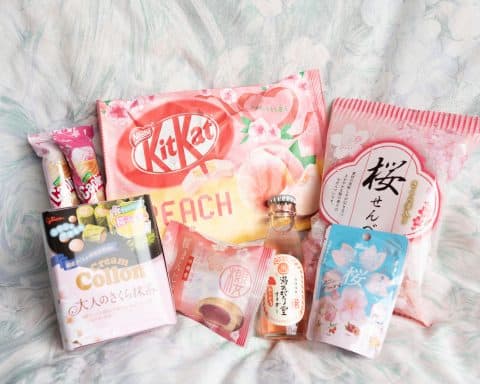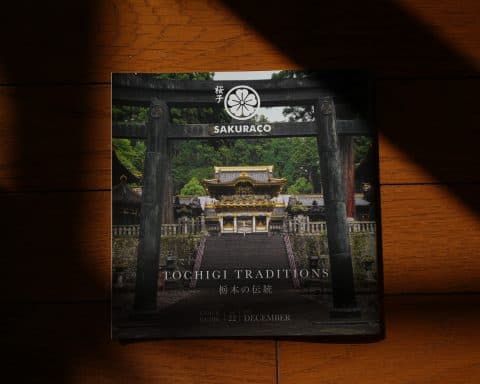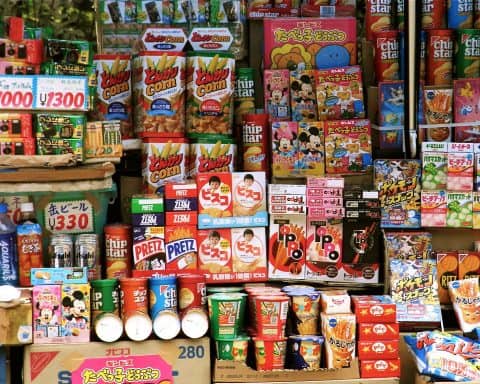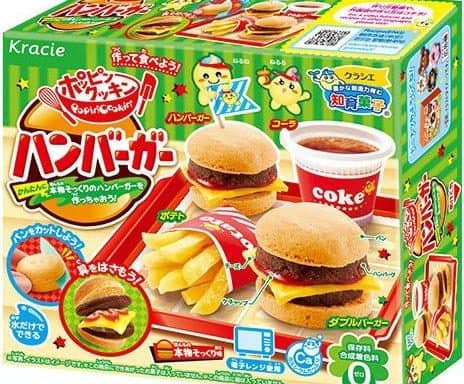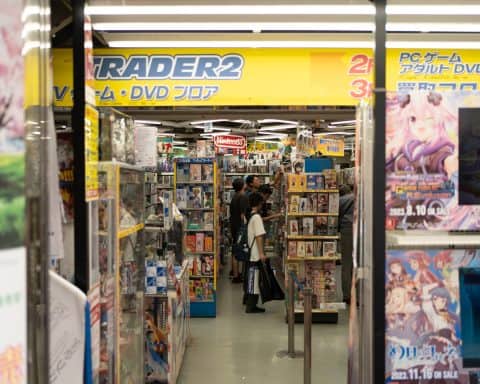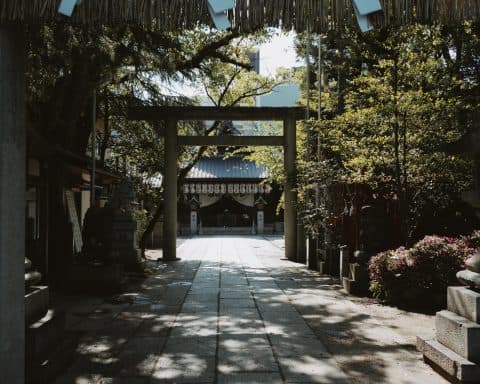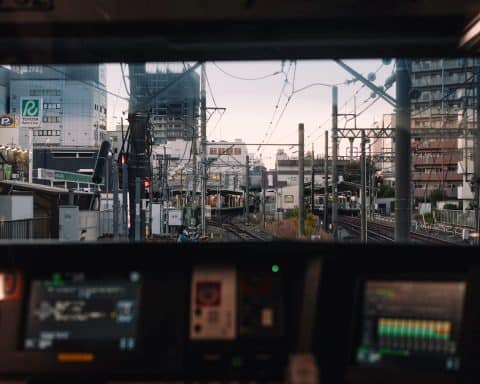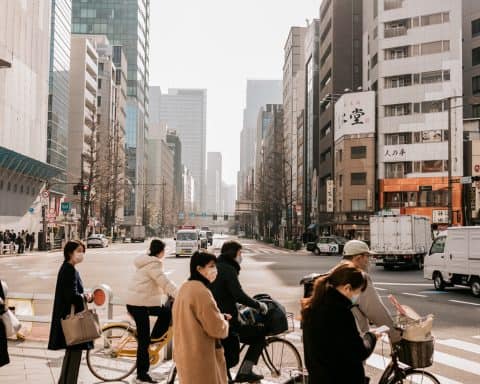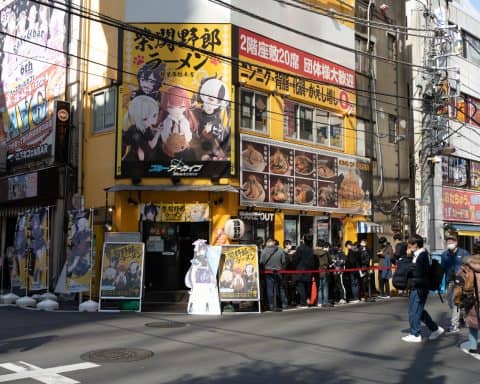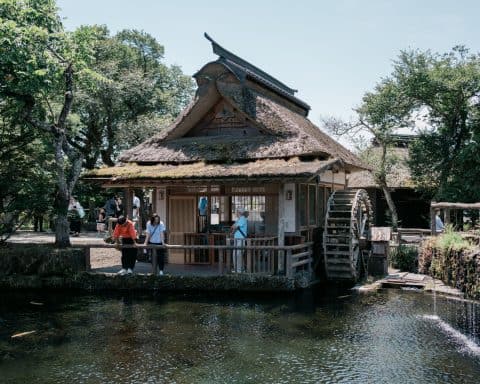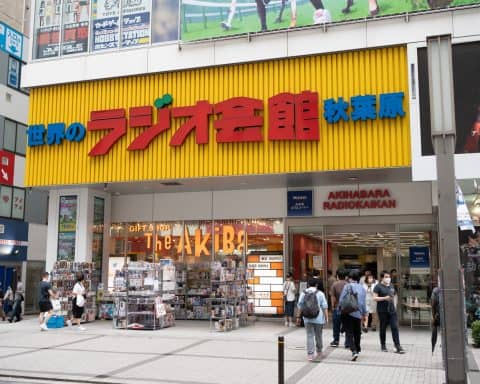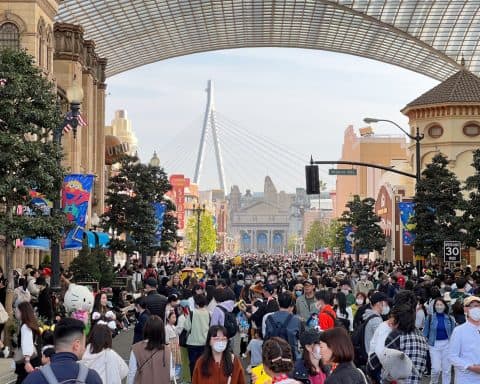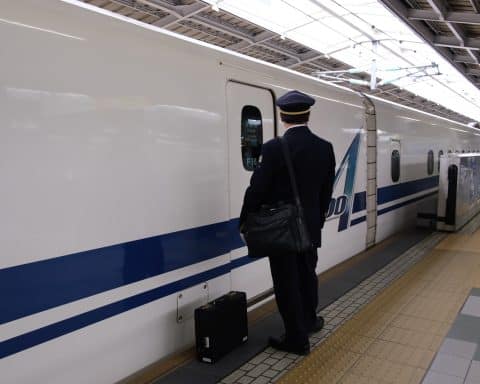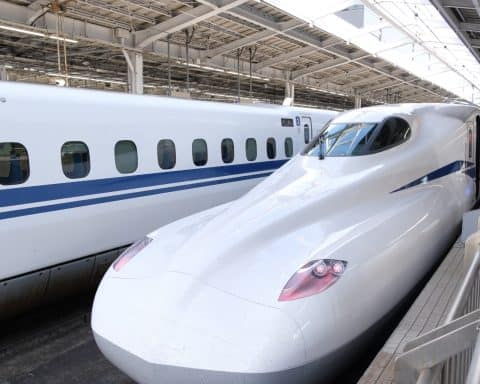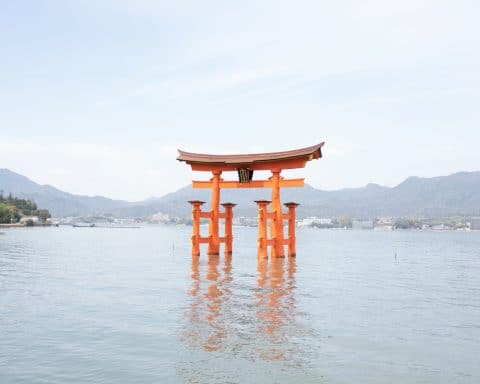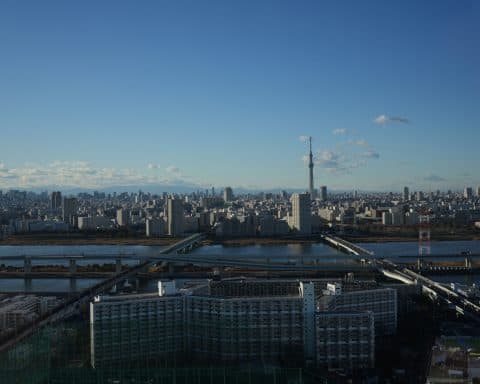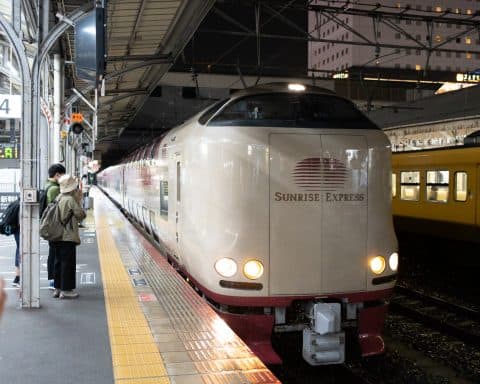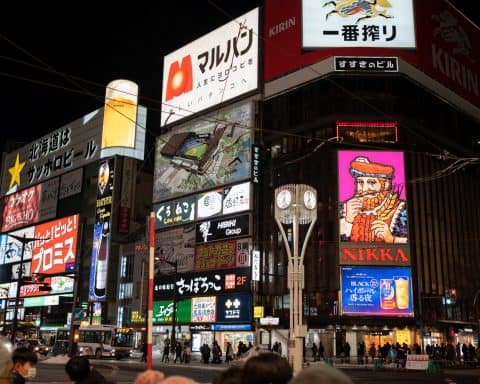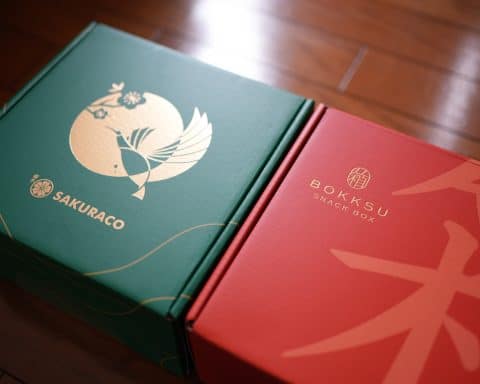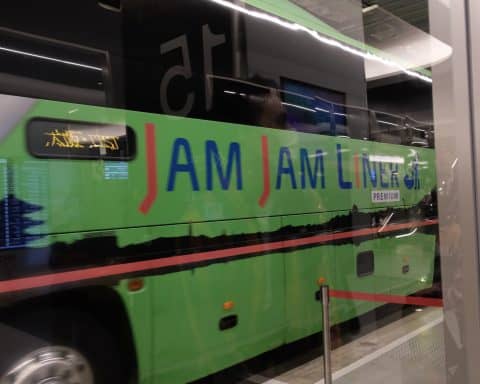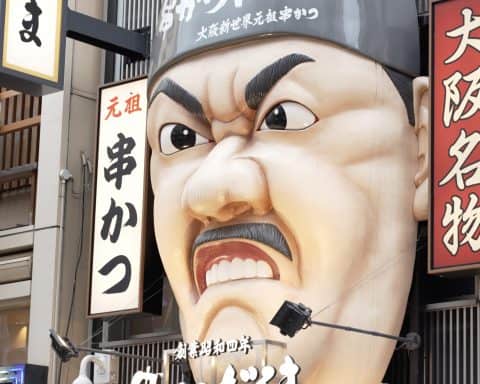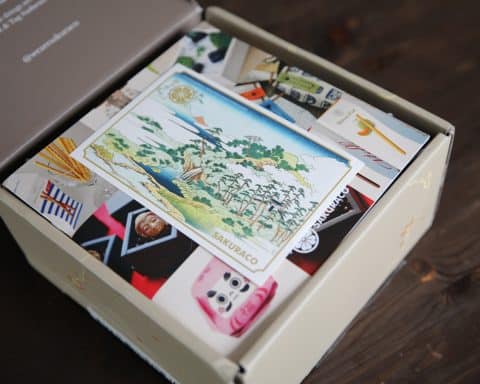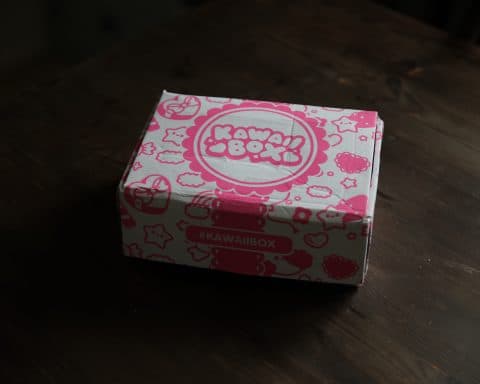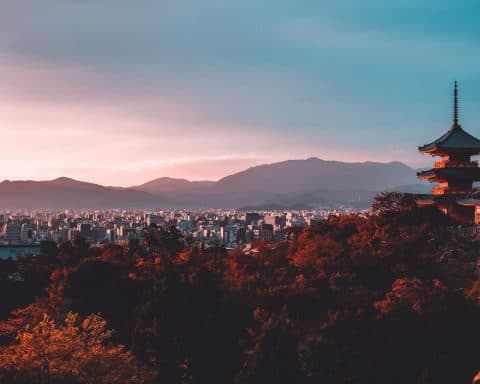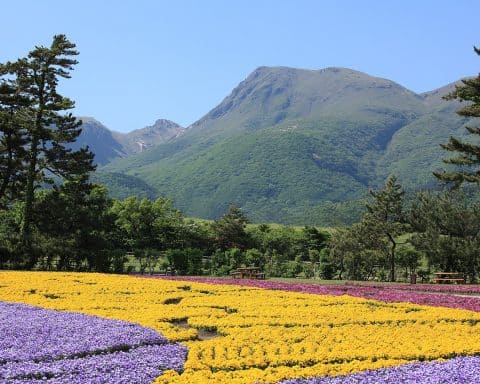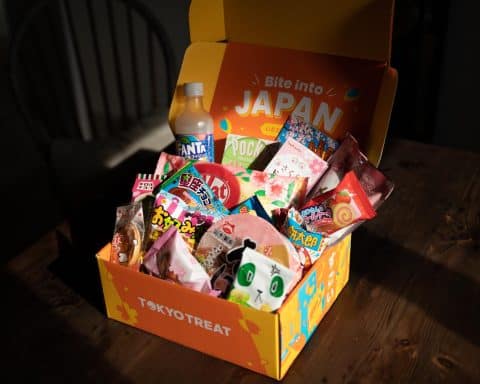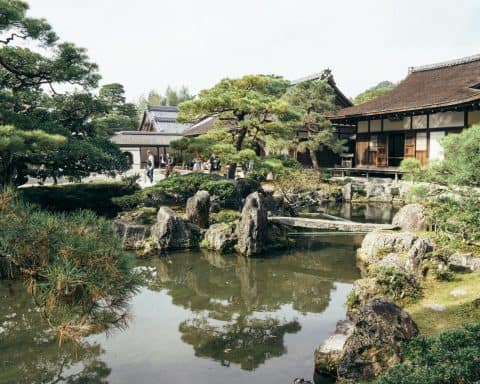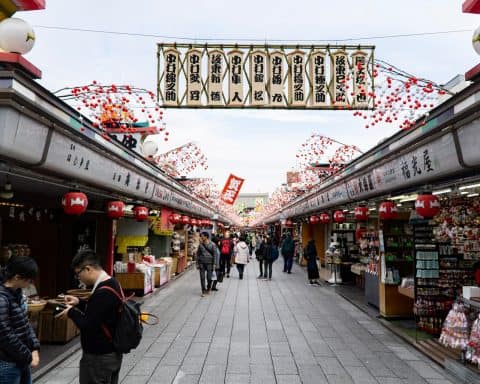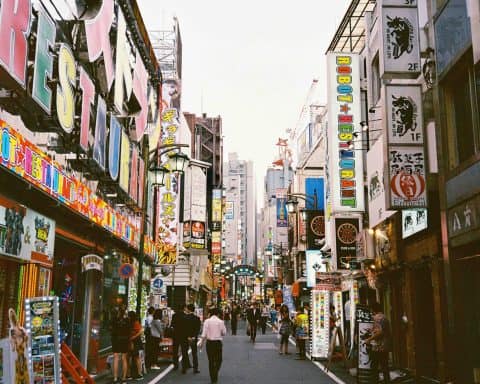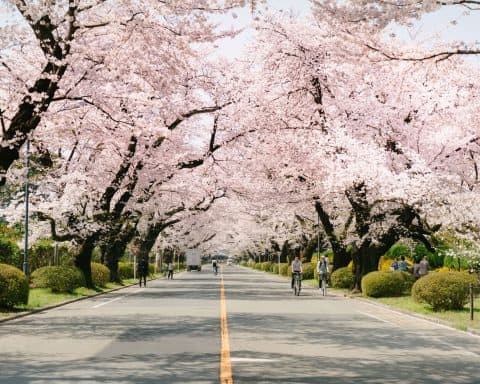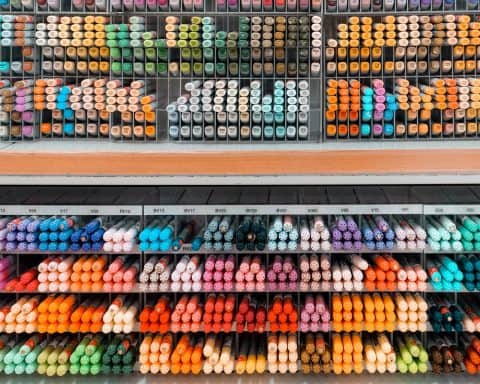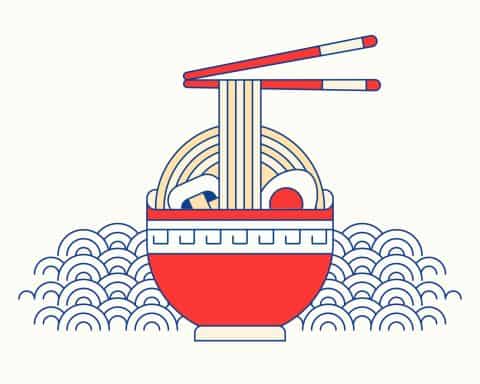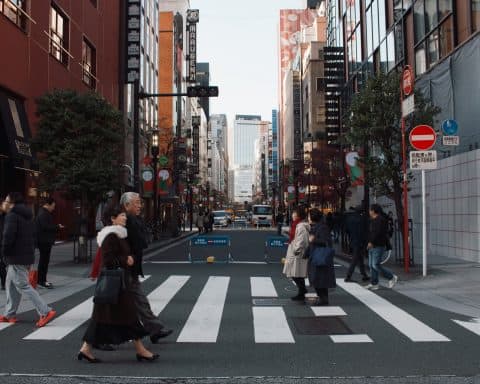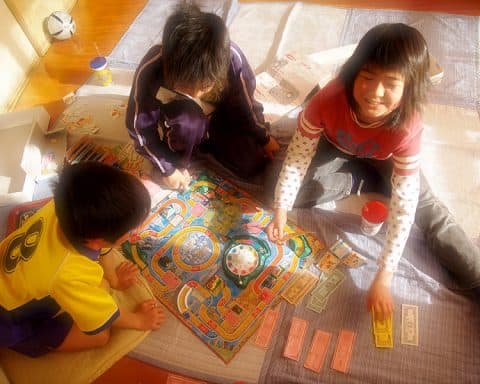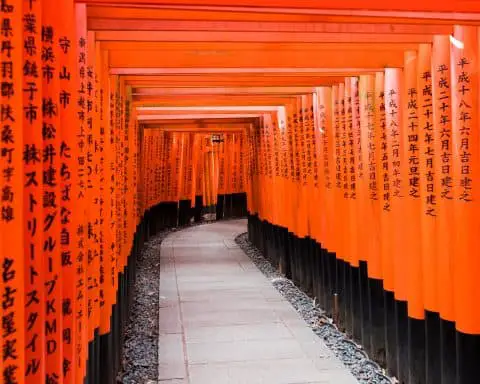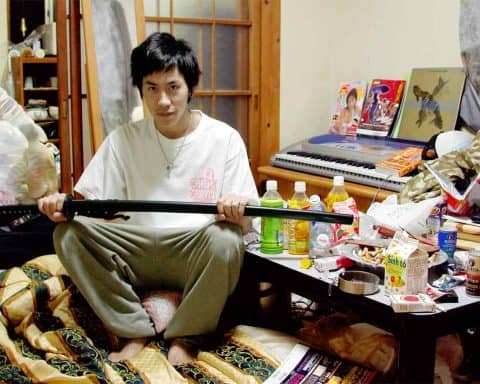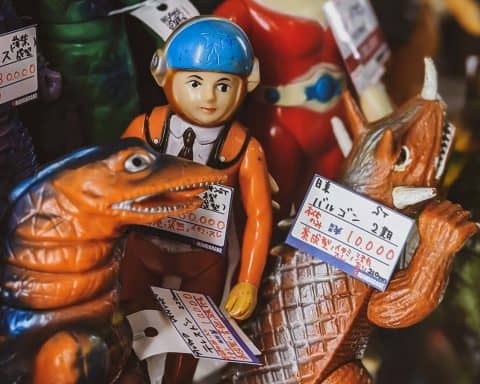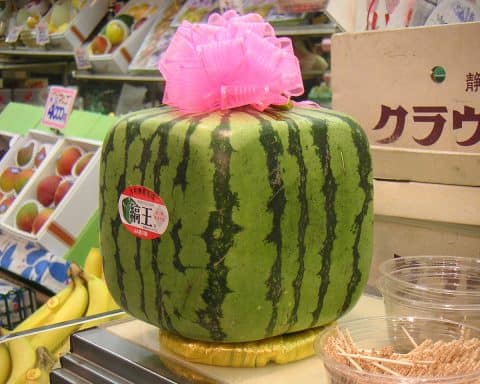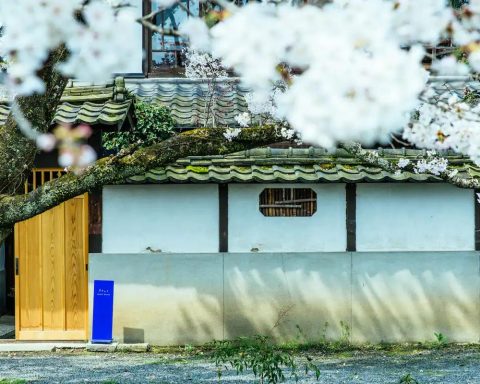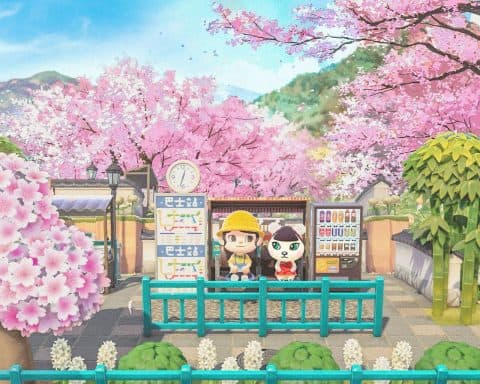Ahh, Spring. It’s the most popular time of year for visitors flying over to Japan, and certainly one of the most beautiful seasons. Hanami or ‘flower viewing’ is the activity of enjoying the sakura in full bloom while having a picnic underneath…
I’ve already talked about how Sakuraco was my favorite Japanese snack box on the surface, but today I wanted to take the time to understand the experience they’ve created. Plus, now that I’m living in Japan, I think my opinion is slightly…
My love for Japanese food knows absolutely no bounds, like many of you, I'm sure!…
From Japanese Junk food to famous Japanese snacks and more, we count down the best Japanese snacks you need to try!…
In case you haven’t realized I’m fairly geeky about a lot of things, Japanese video games included. I don’t think I’m lying when I say a lot of you guys are as well, and one of the main reasons why so many…
The route that first-time visitors to Japan usually take is from Tokyo – Osaka (and surrounding areas) – Tokyo. Of course, there are trips in between and often the chance to venture further into Japan. As one of the most popular add-ons…
If you’ve already taken the ‘Should you live in Japan‘ quiz and decided that ‘Yes!’ you probably should, your next step is to compare the country you live in now to Japan. It’s a great way to see the challenges you might…
Life in Japan is great. I wholeheartedly suggest anyone thinking about living here to make that leap of faith and do it. However, it’s not all sunshine and roses and that’s something that a lot of you should take into account before…
You’ve done it! You’ve planned your trip to Japan, saved up, and finally landed in Tokyo. Now what? Depending on the time your flight arrives (or how tired you are), you can often find yourself with a few hours or just short…
Have you arrived in Tokyo early in the morning and don’t know what to do? Or perhaps you’ve got some time to fill before your plans in the evening. It’s a situation I’ve found myself in many times, so I thought I’d…
If you’ve used this quiz to help you decide on where to visit in Japan, and this calculator to make sure it’s affordable, I’ll bet you’ve got one of two visions in mind. The first is probably the loud, noisy, and cyberpunk-esque…
I start lots of these introductions by telling you how I love geeky things, and this is no different. Akihabara is an otaku’s paradise and if there’s one place that summarizes that perfectly, it’s Radio Kaikan. Radio Kaikan is one of the…
Tokyo is the biggest city in the world, and it’s almost perpetually busy. My local commuter train pretty much always has 0 seats available despite the day or time of year, and the same is true for a lot of places up…
Japanese Shinkansen are famous the world over for being some of the fastest, cleanest, and most reliable trains on the planet. I’d hazard a guess that you already knew that, but what about some of the other, more practical questions you’ve got…
Japan is a huge country with a ridiculously massive amount to see, and often not enough time for the people who visit. So, which method of transport should you choose: Shinkansen or plane? As far as I’m concerned, there’s no better way…
Every time I travel somewhere new in Japan, I always like to look at the possible day trips from that location as well. One well-known place that I recently visited myself (which is perfect for day trips from Hiroshima) is Miyajima. But…
Living in the UK and Japan both have their unique advantages and disadvantages. As someone who has lived next to Tokyo for a long while, as well as spending extended periods of time in London and its surrounding countryside earlier in my…
Ever since I visited Japan for the first time, I was acutely aware of the country’s unique relationship with trains. High-speed, luxurious, clean, and sometimes designed for no other reason than to just enjoy the ride, there’s no wonder people travel from…
A few weeks ago I was lucky enough to go skiing in Niseko. It’s been a bucket list item of mine for many years now and it felt absolutely awesome to finally be able to tick it off! To get to Niseko,…
If there’s a box that comes filled with Japanese snacks, I want to get my hands on it. I’ve already spoken about my love for Sakuraco, and now we’re pitting them against another big hitter in the Japanese subscription box world, Bokksu.…
Just under a month ago, I took the night bus from Tokyo Station all the way to Osaka. Did it get me there in one piece? Yes. Was it an enjoyable experience? Hardly. …
Japan is a flipping cool country. Whether you’re here for the food, the scenery, the pop culture, or any number of other things, we all share a love of this place together. You’ll probably agree with me then when I say it’s…
Sakuraco subscription box does a pretty good job of making you feel as though you've been immersed in Japanese culture while you're sitting in your living room.…
I’ve talked many times on this blog about the need people have to experience Japan without being in the country. In fact, I’ve even written an entire post dedicated to the subject. My findings from all the research I’ve done since I…
Before I started this article, I couldn’t put my finger on exactly what it was that made Japan so unique and special. It seemed to me that while most other countries blended into one, Japan stuck out like a sore thumb, but…
As someone who loves to travel and loves the outdoors, it's no surprise that I've chosen to write about one of Japan's most beautiful parks.…
Now, I'm not a "food person" but there's a strange pull towards Japanese snacks that I just can't seem to get away from.…
One of my favourite things to do in Japan is walk around the beautiful gardens the country has to offer. But what if you live in America?…
Before I visited Japan, I knew nothing about the famous Japanese skincare products and routines.…
Motivation is a fickle mistress, especially as far as learning Japanese is concerned.…
It’s an unfortunate truth that so many of us who want to travel to Japan every year, won’t be able to.…
Chances are high if you're visiting Japan in the spring time that you've got one thing on your mind. The Cherry Blossom!…
I won't lie, I love Japanese stationery.
Sadly the closest I ever got to it was a few fruit smelling erasers during primary school.…
Some topics on this website takes hours of research to come to a conclusion. This was not one of those posts!…
If you live in the United States or United Kingdom, as most of you do, it’s likely you’re constantly bombarded with gym culture on social media. But maybe not so if you happen to live in Japan. So, in a country that…
Any time I get to dedicate a large portion of my time to researching Japan themed things and call it work, is a flipping great time.…
Going to Japan might seem like a big logistical ordeal. I'm here to tell you that it really doesn't have to be that way. In fact, I think it could be quite enjoyable but maybe I'm just a research nerd!…
I dont know about you, but british (and I'm sure American) game shows can sometimes get just a little too repetitive.…
Japan is a country known for its bright lights, innovative technology, and beautiful scenery. But in this article, I aim to show you some of Japan’s lesser-known facts that prove how truly interesting it is as a country. On this list you’ll…
I’m lucky enough to live in Japan which means I only have to take a short walk to pretty much any shop I want. Crazy, cute, minimalist, hyper-technical, it’s all at my disposal! But what if you don’t live in Japan but…
In Japan it's extremely common to give gourmet fruit as gifts rather than simply to eat. To this affect Japanese fruit tends to command a higher price and increase competition for the most desirable fruit year upon year.…
I was sitting in my garden the other day drinking some perfectly brewed green tea when I thought "Does Japan have good coffee too?"…
Decided to finally take the plunge and book your flight to Japan? Let me show you how to prepare for it and survive your long-haul flight!…
Using airbnb Japan is the ideal way for you to give your trip a little more authenticity! Let's take a look at the 19 best places to stay.…
The most wholesome gaming community also happen to be some of the best designers of Japanese acnh islands.…



